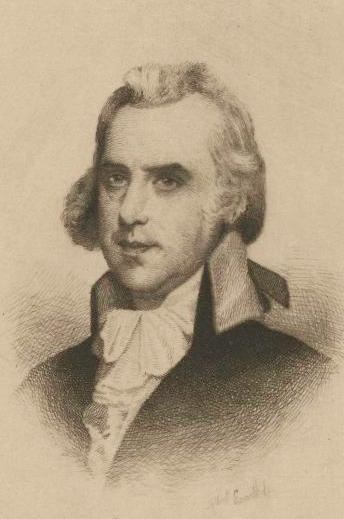Name George Hammond Role Diplomat | Died 1853 | |
 | ||
Books Papers Relative to Great-Britain | ||
Stargate sg 1 season 1 profile general george hammond
George Hammond (1763–1853) was a British diplomat and one of the first British envoys to the United States from 1791 to 1795.
Contents
- Stargate sg 1 season 1 profile general george hammond
- Early career
- Minister to the United States
- Later career
- Timeline of career
- References
Early career
Hammond came from East Riding of Yorkshire, enjoyed a liberal education, and was a Master of Arts and Fellow of Merton College, Oxford. During the peace talks between the 13 colonies of the United States of America and the Kingdom of Great Britain that would culminate in the Treaty of Paris in 1783, he served as a Secretary to David Hartley; while in Paris, he also learned some French. Subsequently, Hammond was appointed chargé d'affaires at Vienna from 1788 to 1790, spent part of 1790 in Copenhagen, and in 1791 found himself Counsellor of Legation at Madrid.
Minister to the United States
Despite American grumbles over the lack of a British envoy since the peace treaty concluded the American revolution in 1783, the decision for the British was by no means a simple one. The Articles of Confederation lacked both a fixed seat of government and single leader to accredit an envoy, and few qualified diplomats desired the post and its yearly salary of £2500. David Hartley, himself approached for the position, recommended his former secretary Hammond to Charles Jenkinson, who in turn passed on the name to newly appointed Foreign Secretary William Grenville. Hammond was soon given the job, boarded a ship for Philadelphia in September 1791 along with Edward Thornton, secretary of legation, and arrived five weeks later on 20 October.
Hammond initially met with then Secretary of State Thomas Jefferson, but waited to formally present himself to President George Washington before an American Minister to England was chosen; his reception on 11 November 1791 formally established relations between the two countries. Although Hammond described his situation as "new, critical and rather embarrassing", he also stated that "If I accepted a quarter of the invitations to dinner and tea parties which I receive I should have little time for business", and said of the leading families that "I have reason to think most of them are Tories at heart."
Hammond had four children, aged oldest to youngest: William Andrew, George, Margaret, Edmund. His son, Edmund Hammond, would also join the Foreign Office.
Hammond left his post on 14 August 1795, leaving the consul general at Philadelphia, Phineas Bond, in charge until Robert Liston arrived in America.
Later career
Following his return from the United States, Hammond became an Undersecretary at the Foreign Office. In this position he advised and befriended Grenville and met George Canning; Canning founded the newspaper the Anti-Jacobin in 1797, and Hammond acted as joint-editor. Hammond would later be sent to one or two posts in continental Europe, and sometime in the 1810s he was appointed as a commissioner on the Arbitration of Revolutionary Indemnities, and as such spent many years living alternatively in London and Paris. Hammond died in 1853 at the age of ninety.
